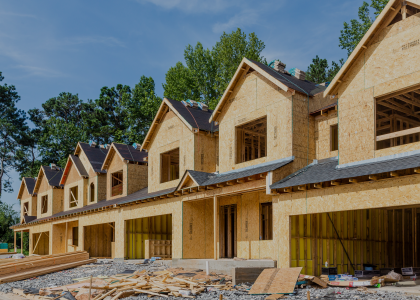Remote home energy assessments are an excellent alternative to in-person assessments and will likely continue after the pandemic ends, according to a report released today by the American Council for an Energy-Efficient Economy (ACEEE). Well liked by customers, they can expand the reach of energy efficiency and encourage energy-saving upgrades.
Register for the Report Webinar on January 12
In a remote assessment, homeowners typically use their smartphones to walk the energy assessor through the home while the assessor collects data. At the end of the session or during a follow-up phone call a few days later, the assessor goes over the findings and recommendations, usually including a summary report. Customers generally report the process to be convenient, straightforward, and easy, saying they learned more about their homes.
While the idea of remote assessments has been around for some time, it wasn’t until the beginning of the COVID-19 pandemic that they started to become more prevalent. Initially used to continue reaching customers during the pandemic, the remote assessments allowed many efficiency workers to remain employed and showed promise in reducing program costs. Fewer transportation demands and a larger customer base, including formerly hard-to-reach households, can save programs time and money and increase the number of homes assessed.
Combining remote assessments with in-person assessments can be particularly effective when the former are used as a screening tool to determine which, if any, upgrades may be needed before sending a contractor to the home. A screening can also help determine what type of specialized contractor should visit.
Not only are remote assessments convenient for both customers and energy assessors, they create greater customer engagement than in-person ones. Because they require customers to lead the assessor around the home, the process is inherently engaging for homeowners, and the assessor has more opportunities to educate them about their home and recommended upgrades. This direct engagement can increase the likelihood of conversion, or the follow-through on recommendations.
ACEEE’s report finds that the best candidates for remote assessments appear to be younger, more tech-savvy customers, as they reported significantly higher overall satisfaction compared to in-person and fewer technical issues. They also tended to follow through with recommended upgrades and installed free items (e.g., lightbulbs, power strips) more often than older customers, especially those age 65 or older (for whom satisfaction with remote assessments declined more than 13% compared to in-person assessments). Remote assessments require a good Wi-Fi connection throughout the home and customer ability to move from room to room. If customers cannot meet such criteria, an in-person assessment is most likely better.
ACEEE’s report highlights behavioral techniques that can increase the effectiveness of remote (and in-person) assessments. For example, empathizing and developing rapport with customers and tailoring the assessment and recommendations to each customer’s individual concerns can go a long way to persuading customers to follow through with suggested upgrades.
Providing reasons why upgrades are recommended (why they should do it), and using vivid, real-world analogies (“not cleaning refrigerator coils is like asking your fridge to breathe through a paper bag”) can also help customers understand the magnitude of their energy waste and the importance of the recommended upgrades.
ACEEE has created a contractor tip sheet summarizing these and other suggestions. The report provides more information and examples of how assessments can apply these techniques. Check out the report and tip sheet. To learn more, please register for our free webinar next month on remote assessments.



